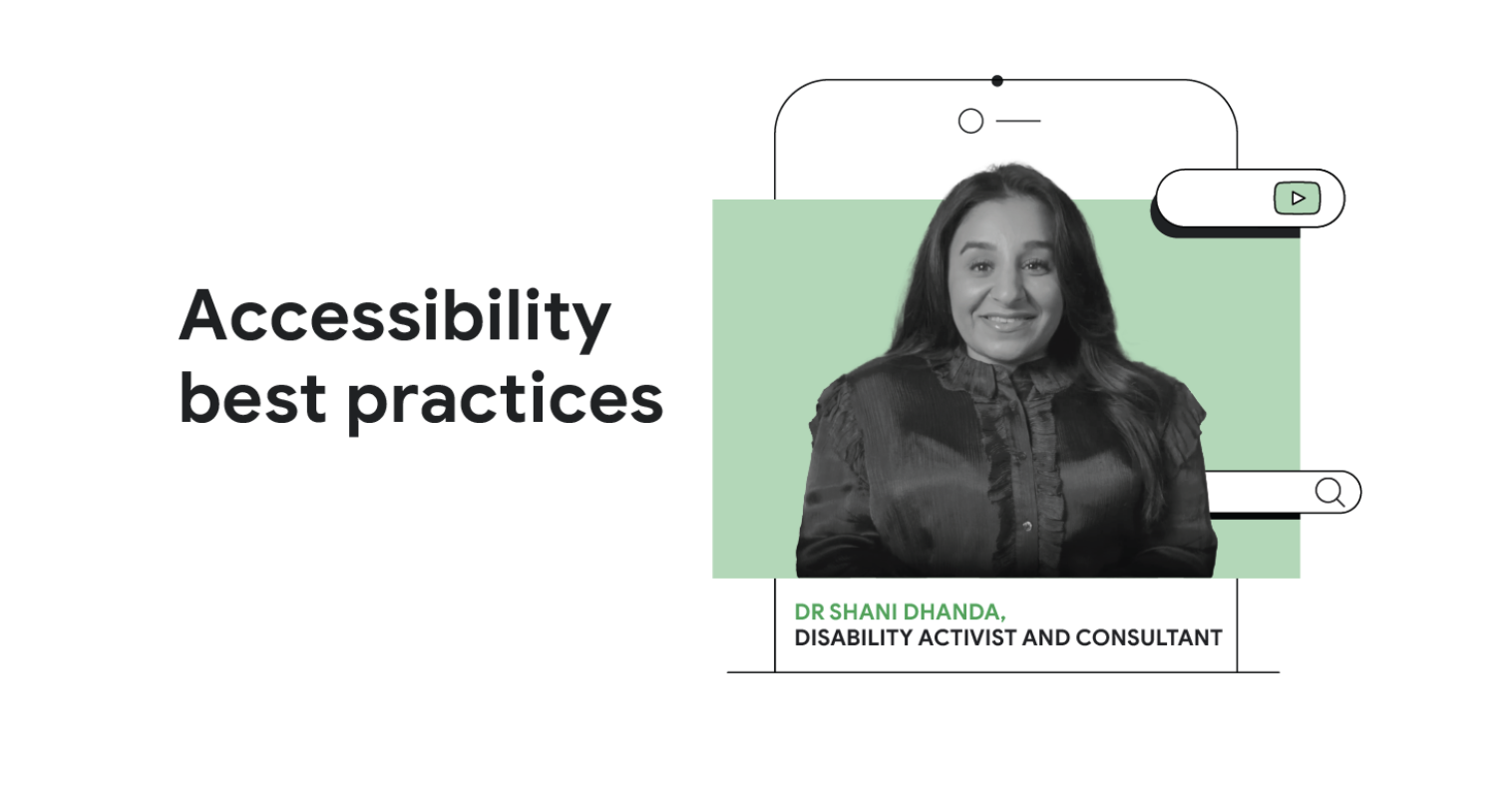As media leads at Vodafone U.K., Daniel Mogridge and Vanisha Vaghela have been at the helm of the telecom operator’s YouTube journey. Here, they share how granular measurement helped them get the whole company on board.
For years, Vodafone U.K. has found success using YouTube as a marketing channel. Yet it’s been challenging to get internal buy-in and increase investment in the platform.
While market conditions are especially challenging right now, the reality is that advertising budgets are always under scrutiny. If you want to increase your spend, you must be able to demonstrate a clear and measurable return on investment (ROI). We needed to get to the bottom of what drives effectiveness for us on YouTube.
We wanted to show the true ROI of different YouTube campaigns and creative choices, not just where a sale came from.
To do this, we worked with Google and our econometrics partner, Ebiquity, to revamp our media mix modelling (MMM) framework. We needed more granular insights to help prove the platform’s value to the wider business — and to optimise each aspect of our video campaigns.
Looking beyond the click
Previously, we used YouTube as an extension of Vodafone’s TV campaigns. We allocated a small percentage of our TV budget to the platform without really understanding its potential. It was a “nice to have”, but no one really questioned it.
While the MMM study we ran at the time was split by product rather than campaign or channel, it was enough to tell us that YouTube was bringing more than just incremental reach with younger audiences. It was driving more ROI than any of our other channels, yet there was still a view within the business that if you couldn’t click on an ad, it wasn’t good media.
We knew we already had the data we needed, but it wasn’t cut in the right way. For an effective MMM, it’s crucial to be really clear on the questions you want to answer. So we decided to expand our MMM framework to show the true value of different YouTube campaigns and creative choices.
We worked closely with Google on dissecting the available data, which Ebiquity then broke down further by device, format, and creative to help us gain a clearer understanding of all different ROI levers on YouTube.
Minimising waste, maximising growth
By refining our approach, we could identify which aspects of our campaigns were most effective, from spot length to frequency caps, ultimately enabling us to make more informed planning decisions and enhance our marketing strategies.
For an effective MMM, it’s crucial to be really clear on the questions you want to answer.
The resulting insights have been invaluable for reducing wasted ad spend and optimising our YouTube investments. It’s helped us manage inventory across brands, products, and messages — and clearly demonstrate the business impact.
ROI on YouTube has increased by 74% year on year (YoY) — the highest across all online and offline media. And sales growth attributable to YouTube advertising has more than doubled, with a YoY growth of 107%.
Optimising creatives
The new MMM framework transformed how Vodafone uses YouTube. For instance, we discovered that 6-second bumper ads, initially used only at the beginning of campaigns to boost recognition, were important throughout the campaign and drove more than double the ROI of longer formats. This led to a broader internal understanding of growth opportunities from various ad types — and helped us secure more budget for the shorter format.
As part of our latest EVO campaign with British singer Sam Ryder, we created multiple bumper ads to ensure we could rotate creatives and shift budget towards those that proved most effective.
From a creative standpoint, we found that assets tailored to YouTube’s ABCDs delivered better all-around performance. We used these best practices for both our bumpers and full-length EVO campaign creative.
This is the "ABCD" approach we took for the ad above:
- Attention: To hook in viewers from the off, the ad jumps straight into the story with tight framing on the characters, Sam’s song already playing, and written captions supporting the voiceover.
- Branding: From the opening card to the logo top left, and the red theme running through the decor, the Vodafone brand is present in each shot.
- Connection: The ad builds an emotional connection with viewers by breaking the fourth wall, as we see both the lead characters and Sam Ryder making direct eye contact.
- Direction: While this ad was more tailored towards driving awareness than sparking action, we still wanted to include an element of direction by showing a search bar with ‘Vodafone EVO’ in it, encouraging viewers to search for the product to find out more.
We now incorporate YouTube into the creative process from the start, making it an integral part of the assets created on a shoot. Gone are the days of scrambling to make a six-second YouTube video from a 30-second TV ad.
One year into the new MMM framework, we’ve tested it across all products, formats, and campaign types. The insights inform media decisions and impact our creative approach more than we ever anticipated — but we’re confident that there's still more to learn and discover.








